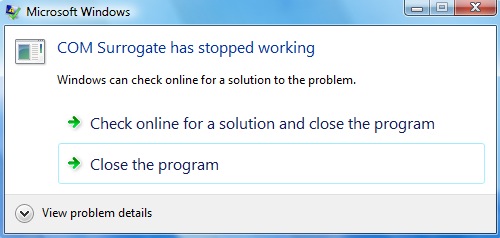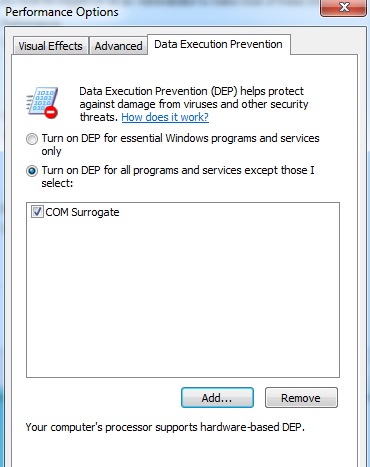About twice a week, I get a call that a Dymo LabelWriter 450 no longer works. In most cases, the reason was that the user pulled the USB cable.
My Dymo LabelWriters are connected to a Dymo printserver. While the printservers can be monitored using ping, this does not allow you to see if the printer it still connected to the printserver. Luckily the Dymo printserver has SNMP support with the option to see what device is connected.
I did a SNMPWalk against the printserver, first with the LabelWriter connected, then disconnected. Aside from some counters, three values were different:
| Connected | Disconnected |
| HOST-RESOURCES-MIB::hrDeviceDescr.2 = STRING: DYMO LabelWriter 400 | HOST-RESOURCES-MIB::hrDeviceDescr.2 = STRING: [nothing here] |
| HOST-RESOURCES-MIB::hrDeviceStatus.2 = INTEGER: running(2) | HOST-RESOURCES-MIB::hrDeviceStatus.2 = INTEGER: unknown(1) |
| HOST-RESOURCES-MIB::hrPrinterStatus.1 = INTEGER: idle(3) | HOST-RESOURCES-MIB::hrPrinterStatus.1 = INTEGER: unknown(2) |
I also found that HOST-RESOURCES-MIB::hrDeviceDescr.2 sometimes shows the correct printer string one time, but doesn't show it the second time:
$ snmpget -v 1 -c public dymo2 HOST-RESOURCES-MIB::hrDeviceDescr.2 HOST-RESOURCES-MIB::hrDeviceDescr.2 = STRING: DYMO LabelWriter 450 $ snmpget -v 1 -c public dymo2 HOST-RESOURCES-MIB::hrDeviceDescr.2 HOST-RESOURCES-MIB::hrDeviceDescr.2 = STRING: $ snmpget -v 1 -c public dymo2 HOST-RESOURCES-MIB::hrDeviceDescr.2 HOST-RESOURCES-MIB::hrDeviceDescr.2 = STRING: DYMO LabelWriter 450 $ snmpget -v 1 -c public dymo2 HOST-RESOURCES-MIB::hrDeviceDescr.2 HOST-RESOURCES-MIB::hrDeviceDescr.2 = STRING: $ snmpget -v 1 -c public dymo2 HOST-RESOURCES-MIB::hrDeviceDescr.2 HOST-RESOURCES-MIB::hrDeviceDescr.2 = STRING: DYMO LabelWriter 450 |
Therefore, I use a script that tries 10 times in a row. If it finds a valid string at least once, that's good enough:
#!/bin/bash [ "$1" == "" ] && { echo "Syntax: $0 [hostname]" ; exit 1; } i=0 while [ $i -lt 10 ]; do response=$(/usr/lib64/nagios/plugins/check_snmp -H $1 -o HOST-RESOURCES-MIB::hrDeviceDescr.2 -R dymo) retval=$? if [ $retval -eq 0 ]; then echo $response exit $retval fi i=$((i+1)) done echo "Printer disconnected from printserver" exit 2 |
This script can be used with Nagios to monitor the LabelWriter.
© GeekLabInfo How to monitor your Dymo printserver is a post from GeekLab.info. You are free to copy materials from GeekLab.info, but you are required to link back to http://www.geeklab.info



